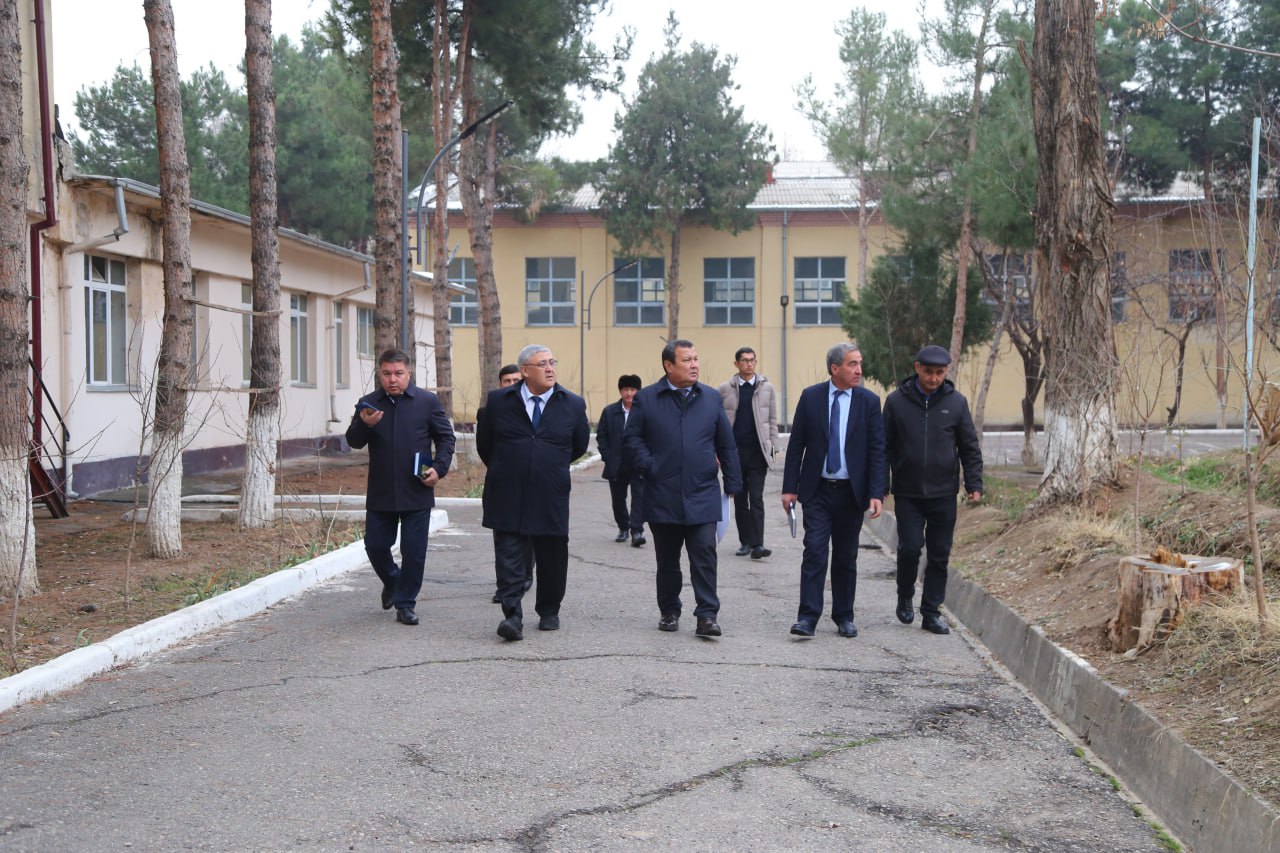Project Manager: NURITDINOV Salakhutdin, DSci, professor
Project completion dates: 05.01.2022-31.12.2026
Project code: FZ-2020092851
Type of the project: Fundamental
Expected results and their significance.
Globular clusters (GCs) are the most important among objects formed by the instability of small-scale perturbations, and the mathematical analysis of the observational data obtained by the Hubble and Gaia space observatories is of great importance. The project studies and analyzes the problems regarding to the structure and origin of globular clusters and other objects. Expected results are follows:
- CCD data obtained in space observatories such as Hubble and Gaia in the US and Europe and observation data on the densities of rich galaxy clusters are collected. Based on them, the values of the concentration degree to the cluster centers will be determined;
- using the found values of the central concentration degree, classifications of GC will be developed;
- the relevant observable features of specific small-scale formations will be determined in order to compare the results of the studies.
- for the first time in the history of astrophysics and gravitational plasma, fundamental results regarding to the state of small-scale perturbations on the background of non-stationary pulsating matter will be obtained, as well as the state of the system depending on the rotation degree and virial ratio;
- for the first time, we will obtain results for small-scale bending vertical and horizontal perturbation modes;
- the critical diagrams of the dependence of the virtual ratio at the time of beginning of the collapse versus the rotation degree of the system for spiral perturbations with azimuthal wave number m =2 will be constructed;
- two new non-stationary models of a disk-like system with an anisotropic velocity diagram will be constructed, which are relatively stable;
- the problems of instability of small-scale perturbations at a fixed value of one of the wave numbers in both a spherically symmetric and disk-like model will be considered separately and the results of their comparison will be obtained;
- new nonstationary dispersion equations in the case of rotating pulsating systems with a new form of the phase density function will be obtained;
- critical diagrams for a number of small-scale oscillation modes on the background of a new non-stationary model will be constructed;
- increments of instability of lopsaidal small-scale perturbations at m = 1 will be calculated;
- a catalog of small-scale structural formations will be created in accordance with the results of the study;
The significance of the results is determined, firstly, by the fact that a number of fundamental scientific problems of astrophysics have not yet been considered by anyone due to the lack of suitable non-stationary dispersion equations for pulsating models. Second, numerical calculation of small-scale perturbations requires solving a system of differential equations of a very higher degree, which depends on the wave number N and m. The planned fundamental results can be applied to other pulsating objects and nonlinear non-stationary dynamic systems where nonlinearity plays an important role.
Important results achieved during the reporting period (in the 1st and 2nd quarters):
- using mathematical processing of the observational results of the GCs obtained by US and Europe space observatories and based on two minimization methods the values of the internal concentration degree in clusters are determined;
- by minimization methods, the free parameters characterizing the concentration of stars relative to the cluster center are calculated;
- the instabilities of small-scale sectorial perturbation modes for 6 cases were calculated, the critical dependences between the rotation parameter and the virial ratio are obtained;
- the instability of small-scale oscillation modes was studied. Two new models of a self-gravitating disc system with an anisotropic velocity diagram were created;
- the instability of small-scale oscillation modes has been studied. Two new models of a self-gravitating disk system with an anisotropic velocity diagram have been created;
- the concentrations in the globular clusters relative to the cluster center are determined for 106 GCs and the correlation between this parameter and their other physical parameters are calculated.
Our publications for 2022 in WoS and Scopus journals
- S. Nuritdinov, A. Rastorguev and I. Tadjibaev, Determination of the degree of star concentration in globular clusters based on space observation data // Open Astronomy, 2022. Vol. 31, pp.1-4.
- S. Turaev and S. Nuritdinov, Can local inhomogeneity of the Universe explain the accelerating expansion? // Open Astronomy, 2022. Vol. 31, pp.15-19.
- J. Ganiev and S. Nuritdinov, Small-scale sectorial perturbation modes against the background of a pulsating model of disk-like self-gravitating systems // Open Astronomy, 2022. Vol. №31, pp.92-98.


